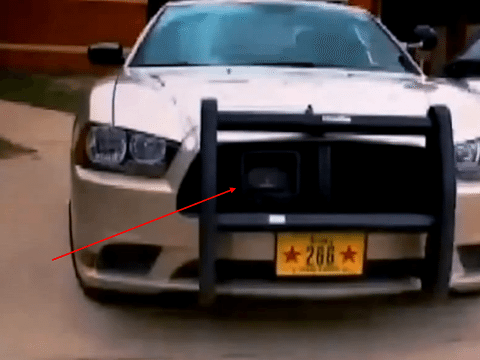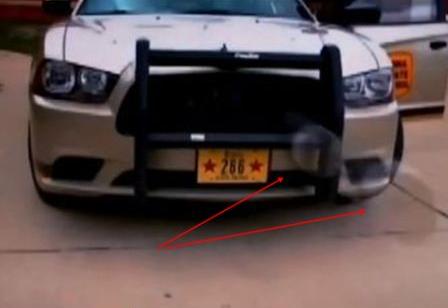From Police Officer To Star Chaser
Once upon a time in a galaxy far, far away, police officers were often required to chase fleeing bad guys. In those days officers actually had to use an automobile (a metal and plastic box mounted on four round rubber wheels) to roll very fast—well, fast for those contraptions—to catch crooks who were also rolling across concrete or asphalt pathways in an attempt to escape capture.
Neither of the two—good and/or bad guys—logged successful missions 100% of the time. Often these pursuits, as they were called, ended in violent crashes where death was sometimes a part of the failed attempt to get away, or, in the case of the police, an arrest of the runaway suspect.
Fortunately, technology, as is often the case, saved the day. A company called StarChase devised a system that, when deployed, allows GPS technology to take over a pursuit. No longer would law enforcement officers risk their lives and the lives of others while following a bad guy on a convoluted and high-speed trek to his hideout.
StarChase’s Pursuit Management System consists of a cannon-like launcher mounted inside the grill of a patrol car, and a push-button control panel operated by the driver or passenger of the police vehicle. The launcher, which uses compressed air to propel non-lethal tracking tags, can also be operated by remote control.
Launcher mounted inside the grill of a police vehicle
Tags are loaded into the launcher.
Officers depress the launch button to activate the system, sending a tag toward the fleeing vehicle.
Tag on its way to a suspect’s car
The tag adheres tightly to the target vehicle.
Once deployed, the tags relay GPS locations/coordinates using wireless phone networks. Dispatchers monitoring the transmissions are able to follow the vehicle remotely in real time using any computer terminal loaded with the tracking software. The dispatcher can then relay the target vehicle’s locations to patrol officers.







